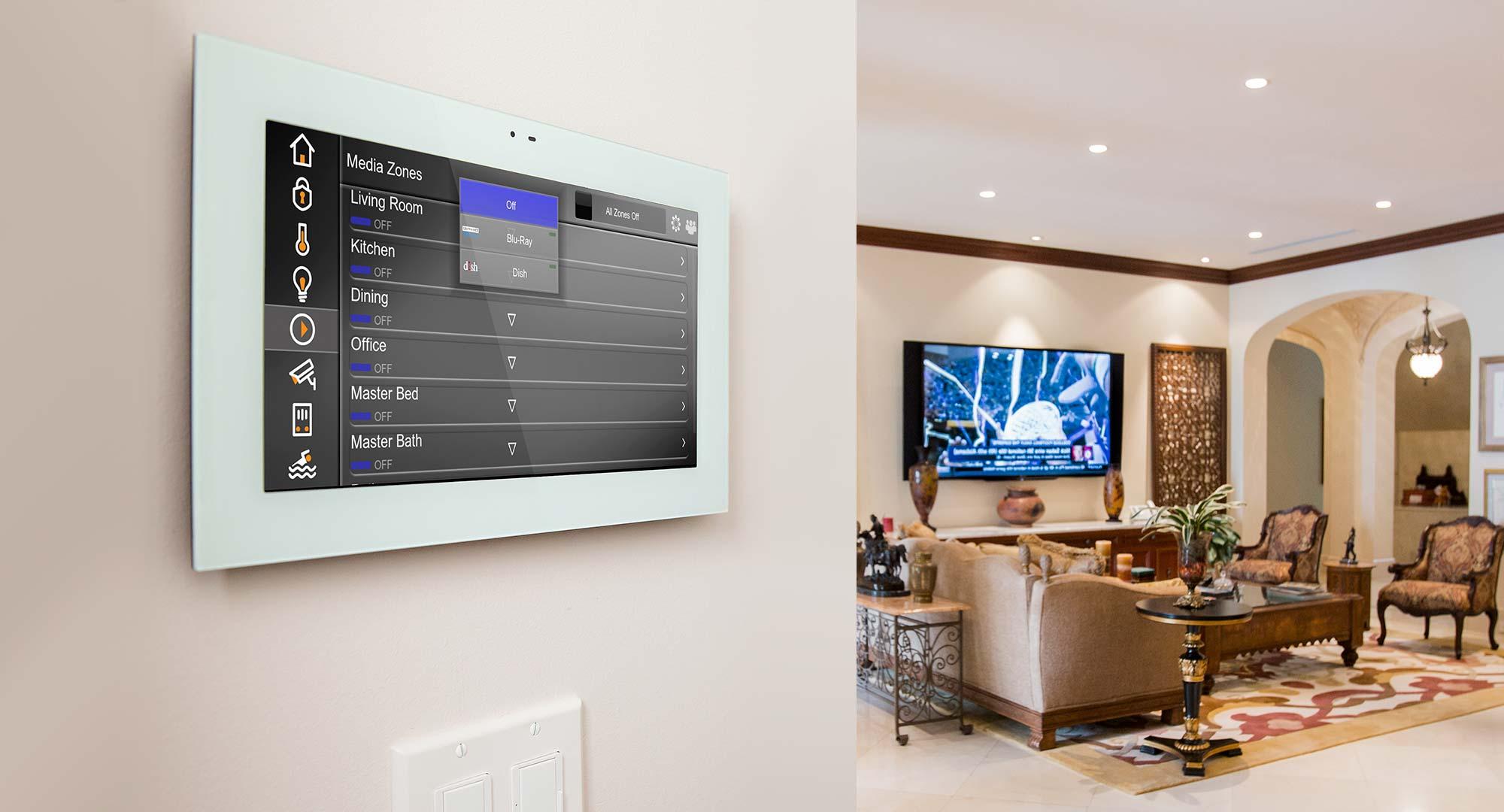What is Minimalist Home Automation?

Minimalist home automation is an approach to smart home technology that prioritizes simplicity and ease of use. It’s about creating a system that is intuitive, efficient, and free from clutter. By focusing on the essentials, minimalist home automation systems aim to provide a seamless and uncomplicated experience for homeowners.
Benefits of Minimalist Home Automation
So, why should you consider minimalist home automation for your home? Here are just a few benefits:
- Ease of use: Minimalist home automation systems are designed to be user-friendly, making it easy for anyone to control and navigate.
- Cost-effective: By focusing on the essentials, minimalist systems can be more budget-friendly than complex automation systems.
- Energy efficiency: With a focus on simplicity, minimalist systems can help reduce energy consumption and lower your utility bills.
- Aesthetically pleasing: Minimalist home automation systems often feature clean lines, simple designs, and a lack of clutter, creating a more visually appealing environment.
Key Components of Minimalist Home Automation
So, what are the key components of a minimalist home automation system? Here are a few essentials to consider:
- Smart thermostats: A smart thermostat is a great starting point for any minimalist home automation system. These devices can learn your temperature preferences and adjust the temperature accordingly, helping to reduce energy consumption.
- Smart lighting: Smart lighting systems can be controlled remotely, allowing you to adjust the lighting levels and schedules to suit your needs.
- Security cameras: Security cameras provide an added layer of security and peace of mind, allowing you to monitor your home remotely.
- Voice assistants: Voice assistants, such as Amazon Alexa or Google Assistant, can be integrated into your minimalist home automation system, allowing you to control your home with just your voice.
Designing a Minimalist Home Automation System
Designing a minimalist home automation system requires a thoughtful and intentional approach. Here are a few tips to consider:
- Start small: Begin with a few essential devices and gradually add more as you become more comfortable with the system.
- Focus on functionality: Prioritize devices that provide a clear benefit, such as energy efficiency or convenience.
- Choose devices with a simple interface: Opt for devices with intuitive interfaces and minimal complexity.
- Consider a hub: A hub can help streamline your system, allowing you to control multiple devices from a single interface.
Popular Minimalist Home Automation Devices
Here are a few popular devices that are perfect for a minimalist home automation system:
- Nest Learning Thermostat: A smart thermostat that learns your temperature preferences and adjusts the temperature accordingly.
- Philips Hue Smart Light Bulbs: Smart light bulbs that can be controlled remotely and adjusted to suit your needs.
- Blink Security Cameras: Wireless security cameras that provide an added layer of security and peace of mind.
- Amazon Echo: A voice assistant that can be integrated into your minimalist home automation system, allowing you to control your home with just your voice.
Challenges and Limitations of Minimalist Home Automation
While minimalist home automation offers many benefits, there are also some challenges and limitations to consider:
- Limited functionality: Minimalist systems may not offer the same level of functionality as more complex automation systems.
- Compatibility issues: Devices from different manufacturers may not be compatible with each other, limiting the options for your system.
- Security concerns: As with any smart home system, there is a risk of hacking and unauthorized access.
Frequently Asked Questions (FAQs)
- What is the cost of a minimalist home automation system?
The cost of a minimalist home automation system can vary depending on the devices and components you choose. However, a basic system can start from as little as $100. - Do I need to be tech-savvy to use a minimalist home automation system?
No, minimalist home automation systems are designed to be user-friendly and easy to use, even for those with limited technical expertise. - Can I add more devices to my minimalist home automation system later?
Yes, most minimalist home automation systems are designed to be expandable, allowing you to add more devices and components as you become more comfortable with the system. - Is a minimalist home automation system secure?
While there is always a risk of hacking and unauthorized access, most minimalist home automation systems have robust security measures in place to protect your home and data. - Can I control my minimalist home automation system remotely?
Yes, most minimalist home automation systems can be controlled remotely using a smartphone app or voice assistant.
Conclusion
Minimalist home automation is a great option for those who value simplicity and ease of use. By focusing on the essentials and streamlining functionality, minimalist systems can provide a seamless and uncomplicated experience for homeowners. While there may be some limitations and challenges to consider, the benefits of minimalist home automation, including ease of use, cost-effectiveness, and energy efficiency, make it an attractive option for those looking to upgrade their home with smart technology. Whether you’re a tech-savvy individual or just looking for a simple and straightforward solution, minimalist home automation is definitely worth considering.
Closure
Thus, we hope this article has provided valuable insights into Minimalist home automation. We thank you for taking the time to read this article. See you in our next article!